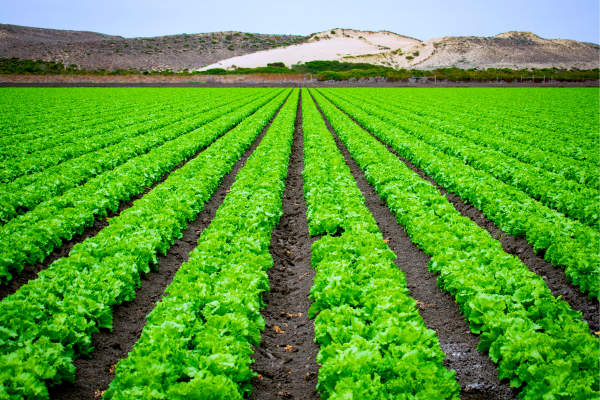Your cart is currently empty!

27 Sep The Role Of Weather In Chinch Bug Infestations
In the realm of lawn care and agriculture, few pests are as notorious as chinch bugs. These tiny insects may be small, but their impact on lawns and crops can be significant if left unchecked. While factors like lawn maintenance and natural predators play crucial roles in managing chinch bug populations, the weather also plays a vital role in determining the severity and prevalence of infestations. Understanding the role of weather in chinch bug infestations is essential for effective pest management and maintaining healthy outdoor spaces. In this blog, we will explore how weather influences chinch bug populations and discuss strategies to protect your lawns and crops from these voracious pests.
Influence Of Weather On Chinch Bug Infestations:
Weather conditions directly impact chinch bug populations, affecting their activity, development, and reproduction. Several key weather factors play crucial roles in chinch bug infestations:
- Temperature: Chinch bugs are cold-blooded insects, meaning their body temperature is determined by the environment. Warmer temperatures accelerate their metabolism and development, leading to increased feeding and reproductive rates. Consequently, hot summers can lead to rapid chinch bug population growth.
- Precipitation: Weather patterns that influence precipitation levels can have both positive and negative effects on chinch bug populations. Drought conditions, where there is limited rainfall, create stress on the grass, making them more susceptible to chinch bug feeding. On the other hand, heavy rains can temporarily disperse chinch bugs but may also provide breeding opportunities in areas with poor drainage.
- Humidity: Chinch bugs prefer dry conditions and are less active during periods of high humidity. However, humid conditions can also foster fungal diseases that affect chinch bugs, potentially reducing their populations.
- Overwintering Survival: The ability of chinch bug eggs and nymphs to survive winter is dependent on weather conditions. Cold and wet winters can significantly reduce overwintering survival rates, leading to lower population numbers in the following year.
- Migration: Chinch bugs are known for their ability to migrate from one area to another. Wind patterns and weather systems can influence their movement, causing localized infestations to spread.
Strategies For Chinch Bug Management Considering Weather Factors:
Given the influence of weather on chinch bug infestations, incorporating weather-related strategies into your pest management approach can be effective:
- Monitoring: Regularly inspect your lawn and crops for early signs of chinch bug infestations, especially during periods of hot and dry weather. Early detection allows for timely intervention and prevents extensive damage.
- Proper Irrigation: Avoid overwatering your lawn, as this can create conditions conducive to chinch bug infestations. Water deeply and infrequently, allowing the soil to dry out between watering.
- Thatch Management: Excessive thatch provides hiding places for chinch bugs and can hinder water penetration. Dethatch your lawn as needed to reduce its habitat.
- Weather Forecasting: Keep track of weather forecasts, particularly during periods of potential chinch bug activity. Be prepared to implement preventive measures based on predicted weather conditions.
- Beneficial Insects: Encourage the presence of natural predators, such as birds and ground beetles, which feed on chinch bugs. These beneficial insects can help control chinch bug populations naturally.
- Eco-Friendly Treatments: Consider using eco-friendly pest control methods, such as beneficial nematodes, which target chinch bug larvae without harming beneficial insects or the environment.
Weather plays a crucial role in influencing chinch bug populations and infestations. Hot and dry conditions accelerate their development and feeding, leading to potential damage to lawns and crops. By understanding the role of weather in chinch bug infestations and implementing weather-related strategies, gardeners and farmers can proactively manage chinch bug populations and maintain healthy outdoor spaces. With vigilance, proper lawn care, and eco-friendly pest control measures, you can protect your lawns and crops from the clutches of these tiny but troublesome pests.
Are chinch bug infestations causing havoc in your lawn or crops? Don’t let these tiny pests ruin the beauty and productivity of your outdoor spaces! At The Environmental Factor, we offer a safe and effective solution to combat chinch bugs and other pests – the Nema Globe Flea & Chinch Bug Buster!
Say goodbye to chinch bug headaches and hello to a thriving outdoor space! Visit The Environmental Factor and get your Nema Globe Flea & Chinch Bug Buster today.


